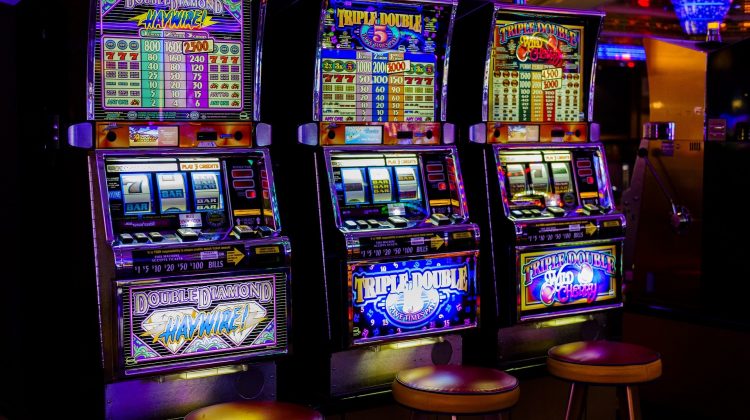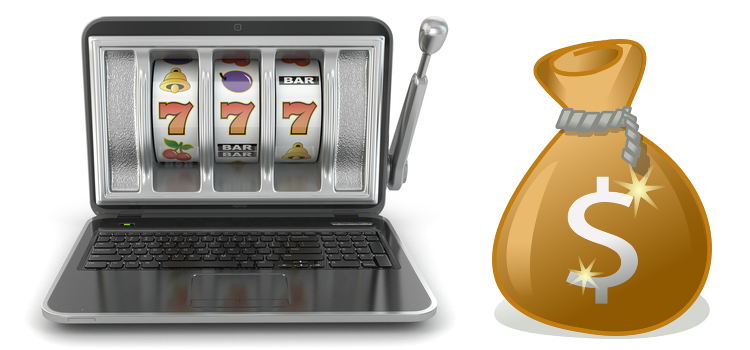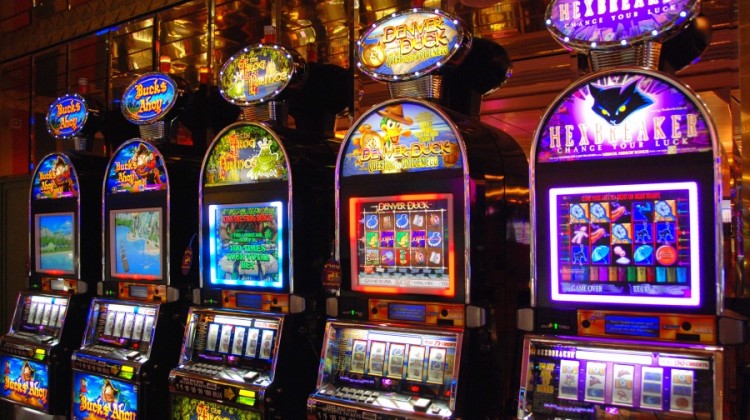The Martingale betting system probably wins the prize for the oldest of the classic betting systems. According to reliable evidence gamblers used it as far back as the 1700s. You’ve got to love its simplicity – much easier to learn than say card counting. Even today many newbies try this strategy in spite of its hidden drawbacks.
Martingale requires the gambler to double his bet after every loss and go back to his base bet after every win. In this way every single loss or losing streak would be cancelled out by a single win. If the gambler had a winning streak, money would pour into his pockets.
The theory sounds promising. Let’s look at an example and see the problems with putting this into practice. You bet one unit and lose. You double your bet to two units. Notice what happens if you win this second bet. You will have one unit profit – you lost one unit and won two. If you lose the bet of two units, double your bet to four units. If you win, you’ve lost three (the bets of one and two units) but won four – profit one unit. You can stack up one unit of profit every single time you win a bet no matter how many losses you suffered before that win. Wow!
The rationale behind this seemingly foolproof strategy is that you can’t lose forever and since you recover all your losses with a single win, Martingale must be unbeatable. While it’s true you can’t continue losing forever, you can lose a huge amount of money due to one of two reasons. First, you will need an immense bankroll. There is no reason you can’t lose seven, eight or even more bets in a row. In Atlantic City, betting only on the pass line at craps (which has a very low house edge), I personally lost nine bets in a row. If I had been using Martingale (I wasn’t) and had started with a $5 bet, can you figure what my tenth bet would have been? Would you believe $2,560? What kind of a fool would bet over $2,000 to win $5? A poor one!
The second reason Martingale fails to earn you a fortune is that the casinos limit the amount you can put up for a single bet. Looking back at the example above, casinos recognize that someone might be foolish enough or rich enough to carry Martingale to the extreme and if they did, the gambler would never lose. So they established table limits – maximum bets. A typical $5 table has a $500 maximum bet limit. So even if I had an unlimited bankroll and a head full of stupidity, I couldn’t make the bets Martingale calls for to be a never-loser.
One last warning. Don’t fall for the mistaken opinion that after say seven losses in a row a win is extremely likely. In reality with a game like roulette (betting black or red) or craps (betting pass or don’t pass) the odds of a win are the same after one loss, two losses, or ten losses in a row. These games produce random results. Dice have no memory and don’t realize that a win is “due” after a string of losses. In roulette if black comes up ten times in a row, the odds of getting red on the next roll are the same as on any other roll.
Visit my website to look at some systems for use in your favorite casino game.
By Joseph Starr
Joseph Starr (pen name) completed his formal education when he earned a Ph.D. in Finance and Accounting. He taught business, economics, and computer subjects at the college level for thirty years and is now retired. Visit his website to read about popular gambler’s aids to help you win at the casinos.











No Comment